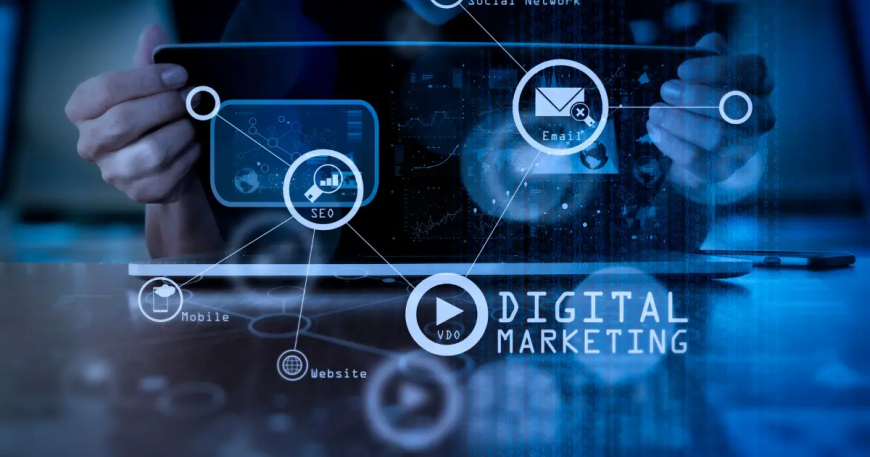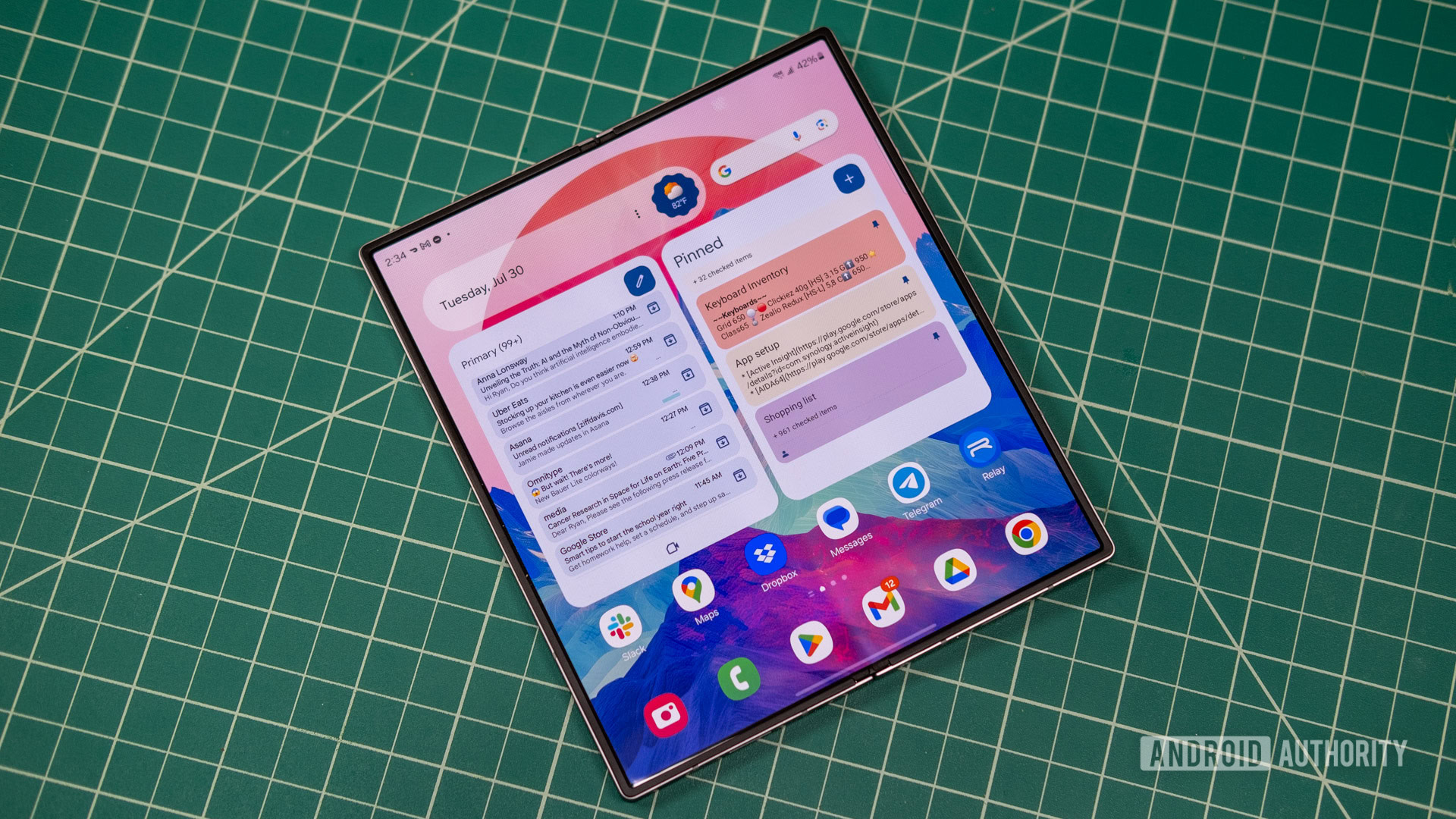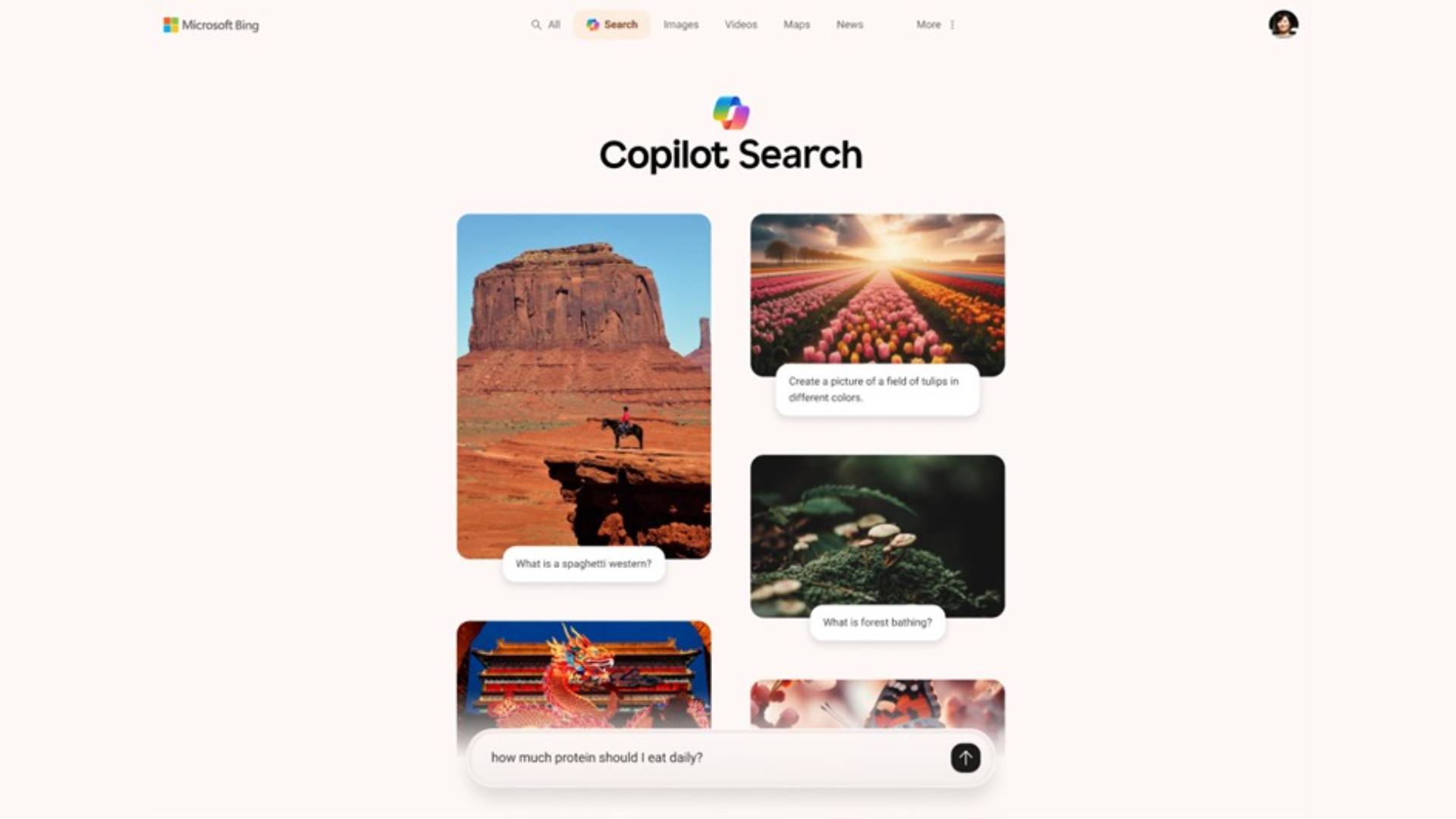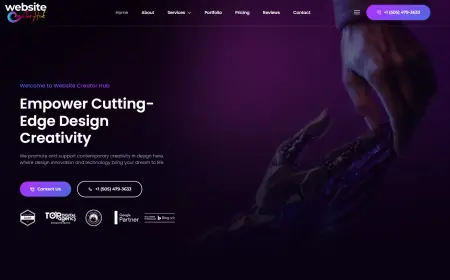The Impact of AI on Web Design: How Artificial Intelligence is Shaping the Future
AI excels at understanding user behavior. Websites can leverage this to personalize content, product recommendations, and even the overall layout for each visitor. Imagine an e-commerce store that tailors product suggestions based on browsing history, creating a more engaging and frictionless shopping experience. This level of personalization translates to higher user satisfaction and conversions.

The web design landscape is undergoing a revolution driven by Artificial Intelligence (AI). AI is no longer science fiction; it's transforming how websites are built, managed, and experienced. This article explores the profound impact of AI on web design, highlighting the ways it's shaping the future of the web.
Enhancing User Experience with Personalization
AI excels at understanding user behavior. Websites can leverage this to personalize content, product recommendations, and even the overall layout for each visitor. Imagine an e-commerce store that tailors product suggestions based on browsing history, creating a more engaging and frictionless shopping experience. This level of personalization translates to higher user satisfaction and conversions.
AI-Powered Automation for Streamlined Workflows
Repetitive tasks like code generation and website testing can be automated with AI, freeing up developers' time for more strategic and creative work. AI can also analyze vast amounts of data to identify website performance bottlenecks, allowing for faster optimization and improved user experience.
Building Smarter Websites with Predictive Analytics
AI's ability to analyze user data can be harnessed for predictive analytics. This allows web designers to anticipate user needs and proactively design interfaces that cater to those needs. For instance, AI can predict which sections of a website are most likely to be confusing and suggest design tweaks for improved clarity.
The Rise of AI-Generated Design Elements
AI is making inroads into the creative aspects of web design. AI-powered tools can generate design elements like layouts, color palettes, and even basic image mockups based on user input and website goals. While human creativity remains irreplaceable, AI can provide a valuable springboard for design inspiration and rapid prototyping.
Ensuring Accessibility for All with AI
AI can be a powerful tool for ensuring web accessibility. AI-powered tools can automatically identify and flag potential accessibility issues in website design, allowing developers to create inclusive experiences for users with disabilities.
The Future of Web Design: A Human-AI Collaboration
The future of web design lies in a collaborative approach between human creativity and AI's analytical prowess. AI will continue to automate tasks, analyze data, and provide design recommendations, but human designers will wield the ultimate decision-making power and creative vision.
Conclusion
AI is fundamentally changing the way websites are designed and experienced. By embracing AI's capabilities, web designers can create more user-centric, efficient, and future-proof websites. As AI technology continues to evolve, the possibilities for web design are truly limitless.
What's Your Reaction?
 Like
0
Like
0
 Dislike
0
Dislike
0
 Love
0
Love
0
 Funny
0
Funny
0
 Angry
0
Angry
0
 Sad
0
Sad
0
 Wow
0
Wow
0



















































